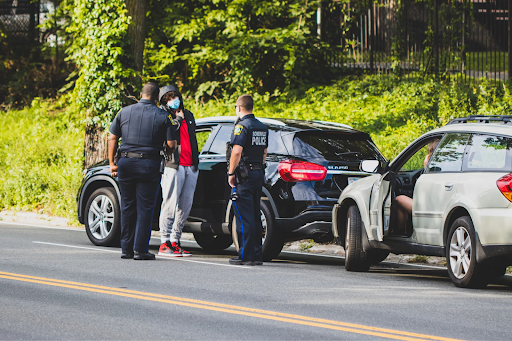In today’s interconnected world, surveillance and digital evidence have become pivotal in solving hit-and-run cases. These tools not only aid in identifying the perpetrator but also ensure that justice is served swiftly and accurately.
This article delves into the intricacies of using surveillance and digital evidence to unravel the complexities of hit-and-run incidents, offering a comprehensive guide on leveraging technology for justice.
Understanding the role of surveillance in hit-and-run cases
Surveillance footage is often the cornerstone of evidence in hit-and-run cases. With the proliferation of CCTV cameras in public spaces, businesses, and even private residences, capturing critical moments leading up to and following an accident has become more feasible. Surveillance cameras can provide clear visuals of the incident, including the vehicle involved, its license plate, and potentially the driver’s identity.
Steps to utilize surveillance footage:
- Identify camera locations: After a hit-and-run, pinpointing the locations of nearby surveillance cameras is crucial. This can include traffic cameras, security cameras at businesses, and residential security systems.
- Requesting footage: Contacting the owners of these cameras promptly is essential. Surveillance footage is often overwritten within a few days, so time is of the essence.
- Analyzing the footage: Once obtained, the footage should be analyzed meticulously. Look for distinctive features of the vehicle, the time of the incident, and any actions that can provide context to the event.
The importance of digital evidence
Digital evidence extends beyond surveillance footage. It encompasses data from various sources such as smartphones, GPS devices, social media, and vehicle telematics systems. This type of evidence can corroborate surveillance footage and provide a broader picture of the incident.
Key sources of digital evidence:
- Smartphones: Modern smartphones come equipped with a plethora of sensors and data-tracking capabilities. Call logs, text messages, and location data can help establish the whereabouts of a suspect at the time of the incident.
- GPS and telematics: Many vehicles are equipped with GPS and telematics systems that record detailed information about the vehicle’s movements. This data can help track the vehicle’s route before and after the incident.
- Social media: In some cases, individuals involved in hit-and-runs may inadvertently share incriminating information on social media platforms. Posts, check-ins, and even photos can provide crucial evidence.
How to gather and preserve digital evidence
Collecting digital evidence requires careful handling to ensure its admissibility in court. Here are steps to effectively gather and preserve digital evidence:
- Securing the scene: Immediately secure any digital devices that may contain relevant information. This prevents tampering or loss of data.
- Forensic analysis: Engage professionals who specialize in digital forensics. They can extract data without compromising its integrity, ensuring that the evidence remains admissible in court.
- Chain of custody: Maintain a clear record of who handles the evidence from collection to presentation in court. This chain of custody is crucial for establishing the evidence’s authenticity.
Case studies: Success stories of surveillance and digital evidence
Real-world cases highlight the effectiveness of using surveillance and digital evidence in hit-and-run investigations.
Case Study 1: Surveillance breakthrough
In a high-profile case, surveillance footage from multiple businesses along a busy street pieced together the route of a hit-and-run suspect. By analyzing hours of footage, investigators identified the vehicle’s make, model, and eventually the driver, leading to a successful prosecution.
Case Study 2: Digital footprint
In another instance, GPS data from the suspect’s vehicle revealed their location at the time of the incident. Coupled with smartphone data that placed the suspect at the scene, the digital evidence formed a compelling case that led to a conviction.
Challenges and ethical considerations
While surveillance and digital evidence are powerful tools, they come with challenges and ethical considerations. Privacy concerns, data integrity, and the potential for misuse are critical issues that must be addressed.
Balancing privacy and justice
It is essential to balance the need for surveillance and digital evidence with respect for individual privacy. Legal frameworks and oversight mechanisms should be in place to prevent abuse and ensure that evidence is collected lawfully.
The role of hit and run lawyers
Navigating the complexities of hit-and-run cases often requires specialized legal expertise. Hit and run lawyers play a crucial role in interpreting surveillance and digital evidence, ensuring that it is used effectively in court. Their knowledge can make the difference between a conviction and an unsolved case.
To wrap up
Surveillance and digital evidence are indispensable in solving hit-and-run cases. By understanding how to effectively gather, analyze, and present this evidence, law enforcement and legal professionals can ensure that justice is served. As technology continues to evolve, the potential for these tools to aid in criminal investigations will only grow, making our roads safer for everyone.
Using these advanced methods not only aids in the swift resolution of cases but also acts as a deterrent, emphasizing that fleeing from the scene of an accident will not go unpunished.
Keep an eye for more latest news & updates on Chicago Heading!

